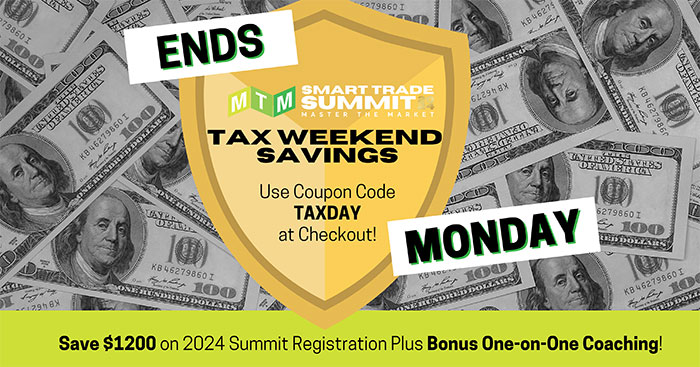He played clarinet and saxophone with Stan Getz. Went to high school with John Kemeny (the guy who co-developed the BASIC computer language). Dated Barbara Walters. Hung out with Ayn Rand. And…helped get us into the mess we’re in now.
Alan Greenspan lived the life of a thousand men. And was a capitalist idealist, which was surely in part influenced by Ayn Rand, the Objectivism thinker. He had a strong belief in laissez-faire markets. And that ends up being a little ironic.
Greenspan was the Fed Chairman from 1987 to 2006. This story kind of starts, though, just after September 11th (yes, that one). After the attacks, Fed Chairman Greenspan dropped rates to support the economy and access to capital during that time of challenge. Then after accounting scandals in 2002, he dropped the already low rates to a (thus far) all-time low of 1.00%.
Some will credit keeping rates “too low for too long” (sound familiar?) with being the, or at least a, key criterion behind the housing bubble and consequent financial crisis. Greenspan, self-admittedly, saw it “too late.” Cheap money was getting to be a problem. He raised interest rates to overcome the “irrational exuberance” as he called it in stocks and real estate. But some argue that with all the Adjustable Rate Mortgages out there, the higher rates just made it harder for borrowers to renegotiate affordable payments and contributed to the bubble burst.
But by then it was Greenspan’s hand-picked successor’s problem. Ben Bernanke had to ensure stability in the markets once the bubble burst (and Lehman Bros. went under, etc.). So, he used the main tool (at the time) the Fed had: lower interest rates to make money easy to come by. He cut them to the 0.00% to 0.25% range, and… it worked. For a loooooong time. Not to mention he also started buying back treasuries that the government sold to investors to pump even more money into the public.
When Janet Yellen took office in 2014, Fed Funds rates were STILL in the 0% to 0.25% range.

The market went up straight and steady for that roughly eight-year period. And we revisited the chorus of “too low for too long.” Many would argue that led to an asset bubble. Stocks were better than interest-bearing investments by far. Borrowing nearly free money to buy real estate also became a thing. The price of investment assets went up, though inflation numbers were low (unless, of course, you counted stocks and houses).
Yellen ultimately started raising rates in 2016 and got them up to the 2.25% to 2.5% range by 2019. For traders who had only traded a few years, or those with short-term memory issues (which is probably most traders), that seemed high. Every time treasury rates started to approach 3%, the financial media predicted Armageddon. Apparently, no one told them 3% was not a historically high level. But it was predicted the market would crash if rates got to that lofty, lofty 3%.
Speaking of market crashes, this one ought to be fresh in everyone’s memories, even those with trader short-term memory issues: COVID. Yeah. Then that happened—and with rates sitting near what were actually historic lows, though it was tough to convince people of that.
Several economic troubles happened next. First, people couldn’t go to work normally. This was a problem because some people weren’t getting paid. And less was being produced. The economy needed an injection of cash. And both parties (if you recall correctly) got in line to hemorrhage money all over anyone with their hand out. Higher and longer unemployment insurance checks. And other just plain old free-money checks sent out to basically everyone. And, oh yeah, Jerome Powell the new sheriff in town got those rates right back down to zero.
Then came the double whammy. Massive amounts of cash in the hands of, well, everyone, plus the supply chain debacle caused by COVID and all the implications it had on the global workforce’s availability. Not enough dock workers, so ships piled up in the ports. But people and companies still needed goods. So, with all that money… we paid up. Add a little good old-fashioned price gouging by some opportunists and you have yourself a perfect recipe for inflation.
It’s hard to armchair quarterback some of the greatest economic minds in the world from the best schools in the world. But one could argue that Jerome Powell, like his three predecessors, kept rates too low for too long, exacerbating inflation.
This needed a more urgent fix. And so the rate hikes began fast and furious. Making up for lost time, I guess. This and its effect on the shape of the yield curve has caused speculation and alarm that a recession may be looming.
To be fair, the reality is that interest rates aren’t really that high historically as you can see from this chart of the Fed Funds Effective Rate from FRED from 1955 to today.

Somehow the economy and job market have defied the predictions thus far, and we might get the Immaculate Disinflation the Fed has been hoping for. We’ll all have to wait and see. But this, folks, is how we got here.
Dan Passarelli
Founder and President
Market Taker Mentoring











One Response
Great summary of the FED and it’s effect on the stock markets! 😉